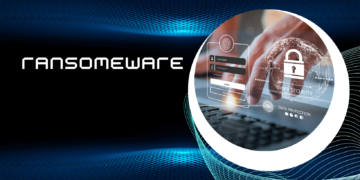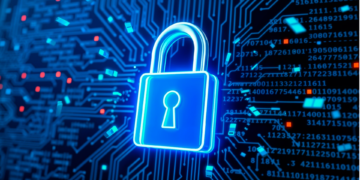In today’s hyper-connected world, everything from our phones and fridges to industrial machinery and healthcare devices is linked to the internet. While this brings us convenience, it also opens up new risks. Did you know that IoT devices are often a prime target for hackers? With weak security measures, they’re highly vulnerable and can serve as gateways into larger networks. Understanding and securing IoT (Internet of Things) devices is critical to keeping both personal and business data safe.
Let’s dive into what IoT security is, why it matters, and the steps you can take to protect your IoT devices from cyber threats.
What is IoT Security?
IoT security is a specialised area of cybersecurity focused on safeguarding Internet of Things (IoT) devices and the networks they connect to. These devices range from smart home gadgets like thermostats and cameras to industrial systems and healthcare devices. Strong IoT security protocols are essential to prevent unauthorised access, data theft, and cyberattacks.
Why Does IoT Security Matter?
In a world with billions of connected devices, IoT breaches can have severe consequences. Here’s why robust IoT security is crucial:
- Expansive Attack Surface: Every connected device increases the chances of a cyberattack.
- Weak Default Security: Many IoT devices have minimal built-in security, making them easy targets.
- Data Privacy Risks: Breaches can expose sensitive personal and organisational data.
- Operational Disruption: Compromised devices in industrial settings can halt operations or even endanger lives.
Common IoT Security Threats
Protecting IoT devices means understanding the threats they face:
- Device Hijacking: Hackers can control devices for spying or malicious actions.
- Botnets & DDoS Attacks: Compromised IoT devices are often exploited to overwhelm systems with distributed denial-of-service (DDoS) attacks.
- Data Breaches: Stolen data from IoT devices can lead to identity theft or fraud.
- Firmware Exploits: Outdated device software leaves openings for attacks.
Essential IoT Security Practices
To enhance IoT security, consider these actionable tips:
- Change Default Credentials
Replace default usernames and passwords with strong, unique ones immediately after setup. - Enable Regular Firmware Updates
Keep devices updated with the latest patches from manufacturers. Enable auto-updates wherever possible. - Adopt Strong Authentication
Use multi-factor authentication (MFA) for added security, especially for devices accessing sensitive data. - Implement Network Segmentation
Place IoT devices on separate networks to contain potential breaches. - Use Encrypted Communication
Ensure all IoT devices communicate using secure protocols like HTTPS or VPNs. - Monitor Device Activity
Track unusual behaviour with logs and alerts to identify potential security issues.
Security Challenges Across IoT Categories
- Smart Home Devices: Gadgets like voice assistants and security cameras are often poorly secured by users.
- Wearables: Fitness trackers collect personal health data, which is valuable to cybercriminals.
- Industrial IoT (IIoT): Breaches here can disrupt critical infrastructure and endanger safety.
- Healthcare IoT: Devices like pacemakers hold sensitive patient data and can pose life-threatening risks if compromised.
Emerging Trends in IoT Security
- AI and Machine Learning: Advanced systems analyse device behaviour to detect and respond to threats in real-time.
- Blockchain Authentication: Blockchain can securely verify devices within networks, preventing unauthorised access.
- Stricter Regulations: Governments are introducing mandatory security standards for IoT manufacturers.
Useful Resources for IoT Security
For further reading and practical advice, explore these reliable sources:
- National Institute of Standards and Technology (NIST) – Guidelines on IoT security.
- Cybersecurity & Infrastructure Security Agency (CISA) – Tips for securing connected devices.
- Internet Society – Insights on IoT security trends.
Conclusion
IoT devices offer incredible convenience but come with significant risks. By understanding the threats and implementing these security practices, individuals and businesses can safeguard their data and systems. Staying informed, proactive, and adopting emerging technologies will ensure your IoT ecosystem remains secure in a connected world.
Key takeaway: IoT security isn’t just about protecting a single device – it’s about securing the entire network and the sensitive data within it.
























